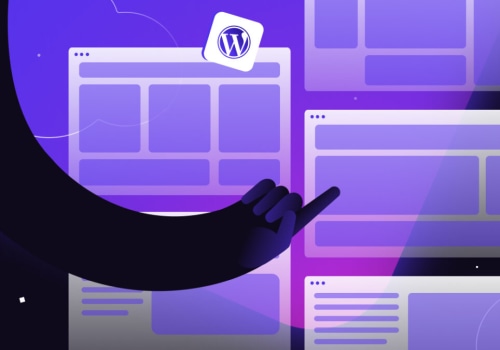Make sure that the process is quick and simple and that rewards can be easily accessed. A loyalty campaign can't thrive if no one knows it exists. Make sure that your customers are aware of the different loyalty programs you offer and, more importantly, that they know all the benefits they can get. Relevant advertising through well-chosen media can optimize the effectiveness of your loyalty program and attract even more new members.
You need to optimize your loyalty program over time as you learn more about the behaviors and preferences of your customers. Periodically review performance metrics, such as customer interaction levels and reimbursement rates, to ensure that your program is running smoothly and provides value to customers and your business. Adjust point values or reward offers as needed to increase participation in the loyalty program. Over the past two decades, companies have implemented loyalty programs of all kinds in different categories and consumers have become very familiar with them.
In fact, the average household in the United States is currently enrolled in 14.1 different loyalty programs, such as loyalty cards, credit card points, or systems based on airline miles. A successful loyalty program strategy provides information and helps build customer relationships by being open, modular and simple, and by offering rewards that not only interest individual customers, but also encourage them to take specific actions that align with the company's business objectives. When you implement the loyalty program best practices mentioned above, your loyalty program's marketing strategy can improve the customer experience, increase customer retention, and ultimately generate real business results. How can marketers calculate and optimize the ROI of a loyalty program? Accepting and tracking reward refunds, of course.
This means that your loyalty software should be able, firstly, to validate the use of rewards and, secondly, to report what incentive has resulted in a particular order. As for the code, this means that the platform should not be tied to a few types and values of fixed rewards, since developers will modify this part every time the marketing team presents a new incentive idea. Sophisticated consumer buying behavior has created expectations that brands will consistently reward their loyalty. Adopting an omnichannel loyalty marketing strategy is the best way to continuously reward your customers, keep them satisfied and encourage spending.
It's worth preparing your loyalty system for the most popular channels your company can currently use, such as the store's website (banners), landing pages, customer services, email, push notifications, SMS, live chats, paid ads, invoices, shipping emails, influencers, and more. It saves a lot of time and resources if you can use a designer with built-in branding and customization options instead of having to hire a designer and developer every time you want to change the HTML template in your email or create a new landing page. For example, transportation or fuel retailing companies often have excellent partnerships with food service companies.




